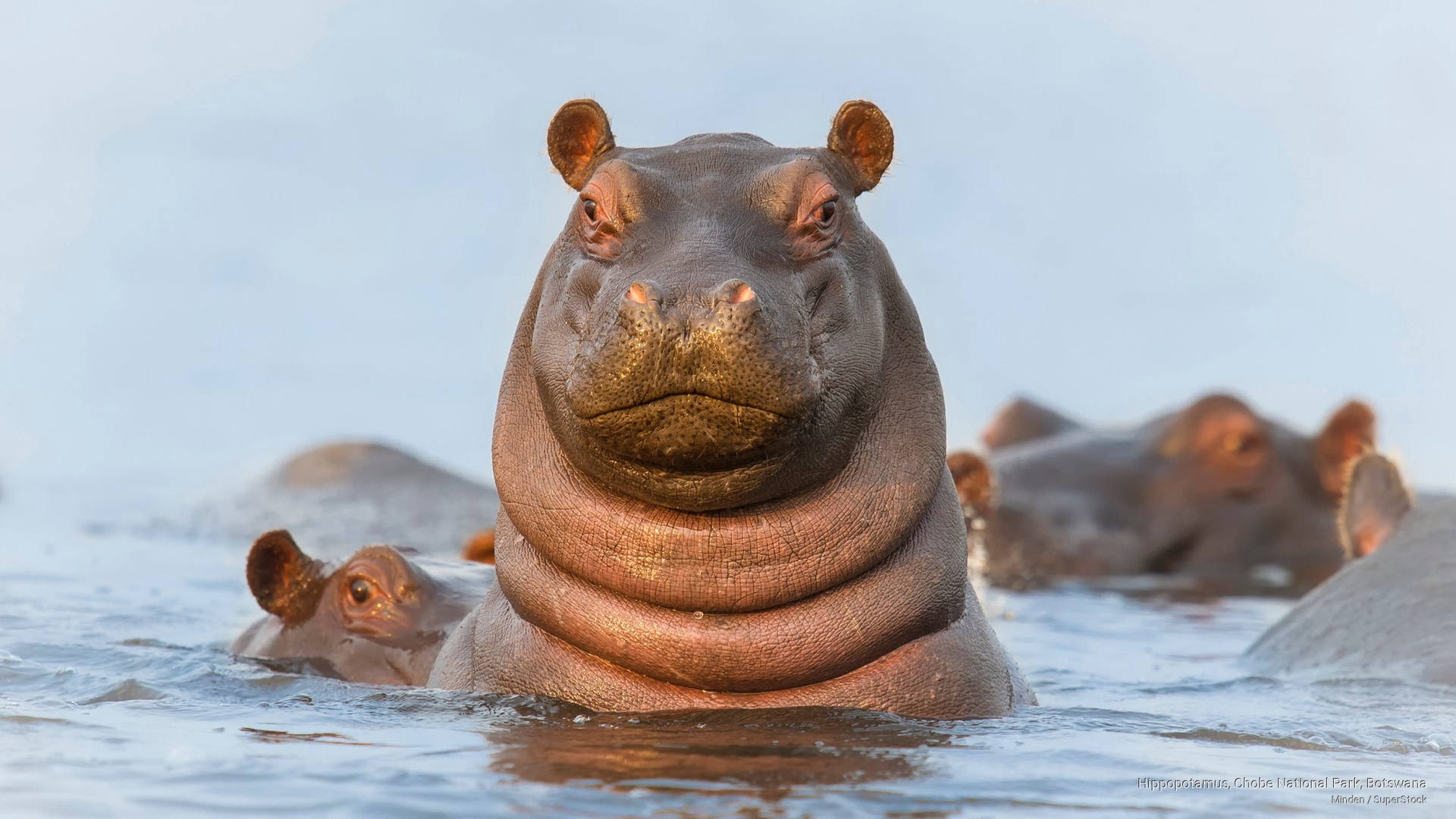Hippopotamuses, often referred to as hippos, are large semi-aquatic mammals native to sub-Saharan Africa. They are known for their massive size, aggressive nature, and impressive abilities both on land and in water.
These majestic creatures spend most of their days submerged in water to keep cool and protect themselves from the harsh African sun. With their barrel-shaped bodies and powerful jaws, they are truly a force to be reckoned with in their natural habitat.
A Bloat of Hippopotamuses
A group of hippos is called a “bloat,” which is quite fitting given their large and bloated appearance. Bloats can consist of anywhere from 10 to 30 individuals, with dominant males leading the group and defending their territory fiercely.
Despite their intimidating size and strength, hippos are actually herbivores, feeding mainly on grass and aquatic plants. They can consume up to 80 pounds of food in a single night, making them vital to the ecosystem as they help control vegetation growth in their habitat.
When it comes to reproduction, female hippos give birth to a single calf after a gestation period of around 8 months. The mother is fiercely protective of her young, keeping it close by her side and defending it from any potential threats.
Unfortunately, hippos are facing threats to their survival in the wild, primarily due to habitat loss and poaching. Conservation efforts are underway to protect these magnificent creatures and ensure their continued existence for future generations to admire and appreciate.
In conclusion, a bloat of hippopotamuses is truly a sight to behold in the wild. These mighty creatures may seem intimidating, but they play a crucial role in their ecosystem and deserve our respect and protection. Let us work together to ensure the survival of these incredible animals for generations to come.
